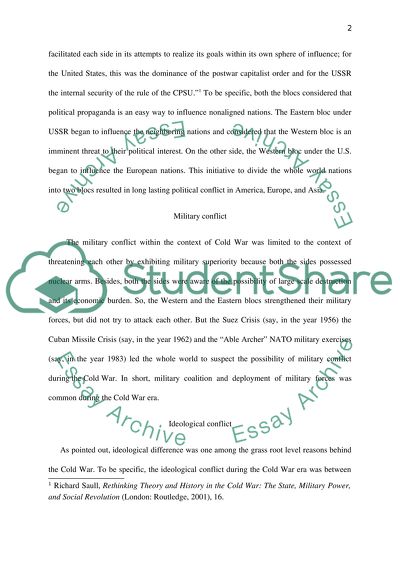Cite this document
(“The Cold War and it's Aftermath Term Paper Example | Topics and Well Written Essays - 1750 words”, n.d.)
Retrieved from https://studentshare.org/history/1466199-the-cold-war-and-it-s-aftermath
Retrieved from https://studentshare.org/history/1466199-the-cold-war-and-it-s-aftermath
(The Cold War and it'S Aftermath Term Paper Example | Topics and Well Written Essays - 1750 Words)
https://studentshare.org/history/1466199-the-cold-war-and-it-s-aftermath.
https://studentshare.org/history/1466199-the-cold-war-and-it-s-aftermath.
“The Cold War and it'S Aftermath Term Paper Example | Topics and Well Written Essays - 1750 Words”, n.d. https://studentshare.org/history/1466199-the-cold-war-and-it-s-aftermath.


